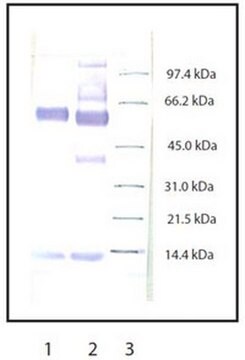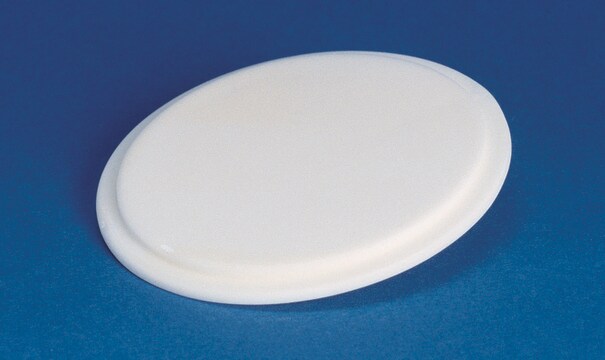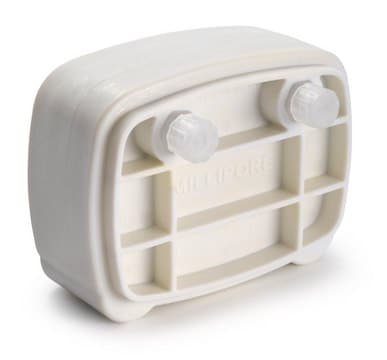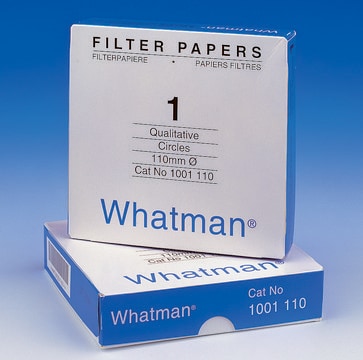108CC5
8062521, Mouse x Rat Hybridoma nerve, Neuronal
About This Item
Polecane produkty
Nazwa produktu
108CC5, 08062521
pochodzenie biologiczne
Mouse x Rat Hybridoma nerve
tryb wzrostu
Adherent
kariotyp
Modal No. varied with passage see reference
morfologia
Neuronal
produkty
Long processes after treatment with dibutyryl cAMP, dense core vesicles, excitable membranes, neurotransmitter enzymes, synthesis of neurohormones and uptake of catecholamines.
receptory
Receptors for neurohormones: delta opioid, PGE 1 vasoactive intestinal polypeptide, adenosine, somatostatin and acetylcholine.
metody
cell culture | mammalian: suitable
powiązane choroby
cancer
Warunki transportu
dry ice
temp. przechowywania
−196°C
Pochodzenie linii komórkowej
Opis linii komórkowej
Zastosowanie
pożywka hodowlana
Rutyna subkultury
Inne uwagi
Wybierz jedną z najnowszych wersji:
Certyfikaty analizy (CoA)
Przepraszamy, ale COA dla tego produktu nie jest aktualnie dostępny online.
Proszę o kontakt, jeśli potrzebna jest pomoc Obsługa Klienta
Masz już ten produkt?
Dokumenty związane z niedawno zakupionymi produktami zostały zamieszczone w Bibliotece dokumentów.
Nasz zespół naukowców ma doświadczenie we wszystkich obszarach badań, w tym w naukach przyrodniczych, materiałoznawstwie, syntezie chemicznej, chromatografii, analityce i wielu innych dziedzinach.
Skontaktuj się z zespołem ds. pomocy technicznej




